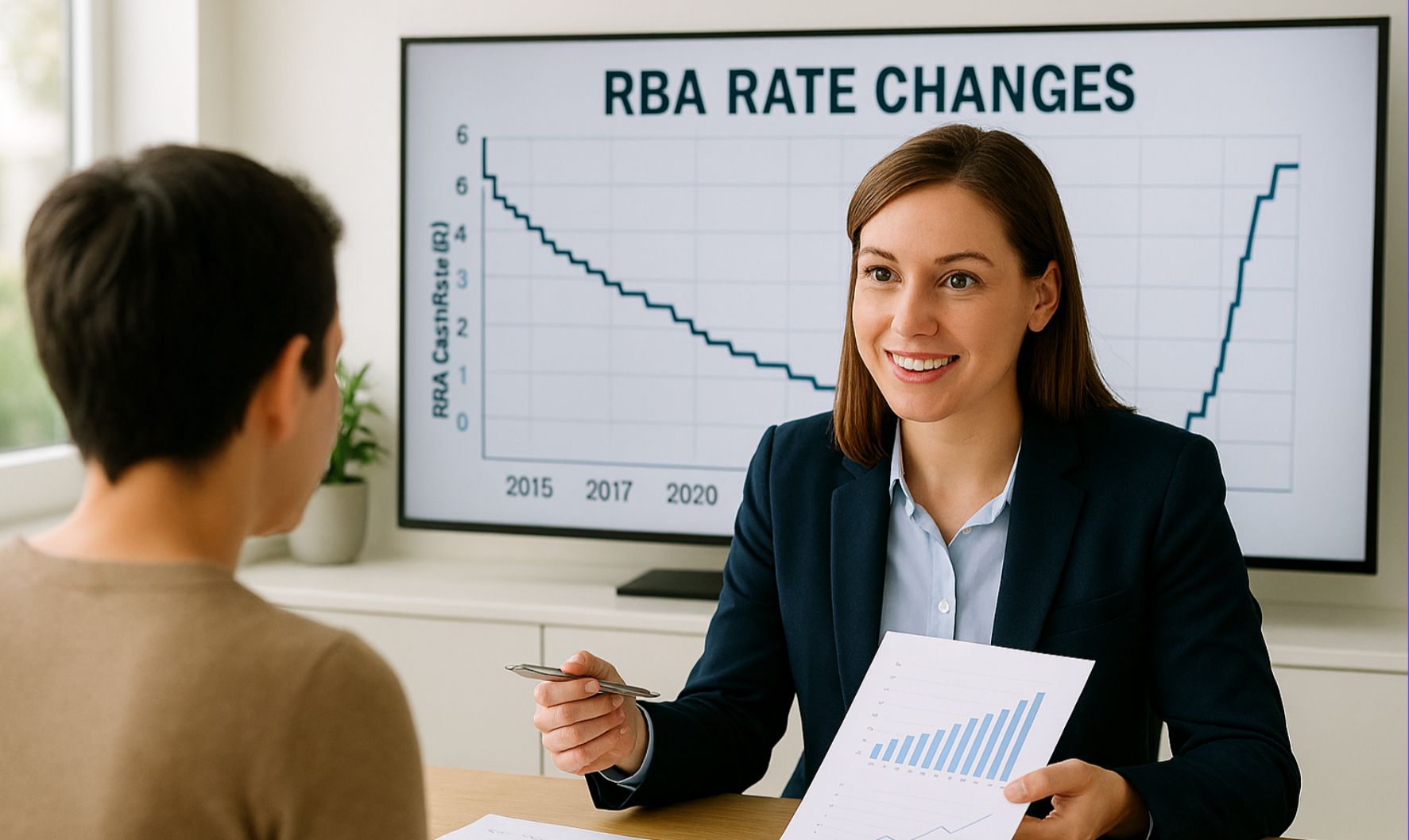The Block sales in a bubble of their own
| Jonathan Chancellor | Domain | November 22, 2010 http://news.domain.com.au/domain/real-estate-news/the-block-sales-in-a-bubble-of-their-own-20101122-182w8.html Irrational exuberance characterised the bidding at the past two auction finales of the Channel Nine real estate renovation series, The Block. It resulted in all seven of the subsequent sales – three from the Bondi series in 2003 and all four of the Manly series in 2004 – being without profit. The owners of one Manly unit are currently seeking offers of more than $800,000. It last sold for $820,000 in 2007 and for $795,000 at its 2004 auction. It is to be hoped The Block sheds its bubble price antecedents at this week’s Vaucluse series finale. The four estate agents have been giving people inspecting the apartments a $900,000-plus price guide. At that level it will be below cost, but higher than the suburb’s $800,000 average price for a three-bedroom unit so far this year, according to Australian Property Monitors. Vaucluse three-bedder prices have started at $570,000 this year, with a 92 sq m 1960s Diamond Bay Road unit which last sold in 2002 for $480,000. The dearest sale has been $1,275,000 for a unit in a New South Head Road complex, Avignon. It was initially sold for $1,390,000 in 2001 and listed with a $1.75 million asking price earlier this year. A three-bedroom Towns Road unit was passed in at $1.08 million at the weekend, contributing to the weekend’s weakened 51.7 per cent overall Sydney clearance rate. The invitation-only Tuesday night auction results will be eagerly dissected – presumably before Wednesday’s show – by commentators seeking a sense of the direction of housing prices. Possibly sitting second only to arguments on climate change, there have been 375 mentions of the term ”housing bubble” in metropolitan newspapers so far this year. There were 307 last year and 280 in 2008. Not surprisingly, the peak usage of the term was in 2003, when there were rightly 540 references. The debate was reignited at the weekend with the emergence of two Treasury officials at odds about the need for alarm over recent house price growth. Phil Garton, the manager of Treasury’s macro financial linkages unit, was preparing briefs in June for the incoming government. His brief prompted Steve Morling, from the domestic economy division, to suggest it mention ”a bit more about the risks”. ”The elephant in the room is house prices or more specifically the risk of a precipitous drop in them, perhaps from an external shock or perhaps from their own internal dynamics when affordability constraints or capacity debt levels see prices and expectations of house prices start to move in the opposite direction,” Mr Morling wrote. Mr Garton agreed that there would be risks if the fundamentals of low interest rates, unemployment, and financial deregulation reversed significantly, but he maintained the price growth in the early 2000s was based on a lagged response to improvements in the fundamentals. He also questioned how Australia could have maintained a bubble for more than six years. Ever willing to repeat his bearish sentiment, Steve Keen, from the University of Western Sydney, still maintains the house price bubble exists. ”It has been produced and sustained by an unspoken alliance between a government sector that has used house price inflation as a surrogate to macroeconomic management, and a financial sector that has funded speculation on house prices in preference to business investment,” Professor Keen told the Family Fortunes and the Global Financial Crisis symposium held this month by the Academy of the Social Sciences in Australia. ”It is larger than the US bubble was before it burst, and its resurrection by the Rudd government’s first home vendors’ boost was the major reason why Australia avoided recession in 2009.” The doomsayer economist – who forecast in 2008 that property prices could fall by 40 per cent – sold his Surry Hills apartment for $540,000 in November 2008 with recessionary fears in mind. The price of his two-bedroom Chalmers Street unit represented a 4.4 per cent annualised growth on its $480,000 purchase price. His purchase in 2006 reflected 16 per cent annual growth on its $410,000 sale in 2005. Professor Keen’s sale of the 89 sq m unit reflected $6060 a square metre. The four sales of two bedroom units in the block so far this year reflect $6075 a square metre. Strictly speaking, after inflation, the Surry Hills sales represent a small price decline, but the movement suggests neither a bubble nor the sky falling in. |







